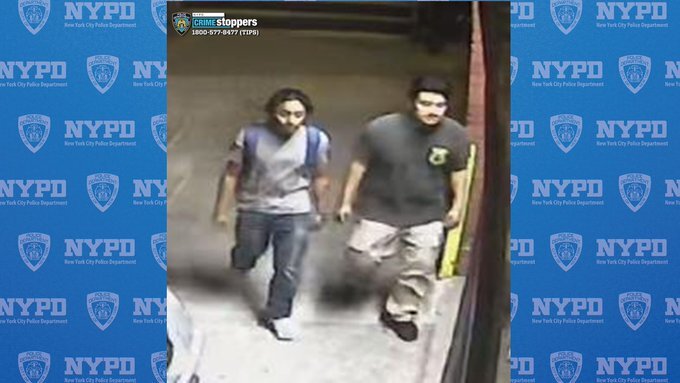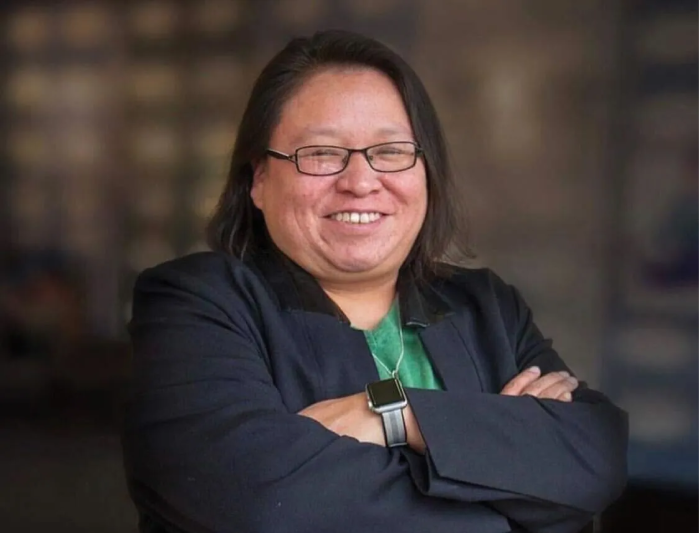By Joe Anuta
The relief effort organized by the government is carried out by a vast network of organizations where well-intentioned neighborhood groups often prove hard to incorporate and sometimes hamper relief efforts.
Disaster relief is a complicated beast, according to John Berglund, who manages disaster relief efforts for The Salvation Army in New York and has experience running operations all over the world.
“Every disaster is different. They are extremely organic, which is part of the challenge,” he said.
In New York City, the mayor’s office and the city Office of Emergency Management take a lead role on how federal aid is used.
In addition, local officials have been helping direct where aid is needed, while the American Red Cross and The Salvation Army work closely with all levels of government, including the Federal Emergency Management Agency.
But the two nonprofits also have another network to draw from.
They currently preside over a coalition known as the New York City Volunteer Organizations Active in Disaster, which is comprised of organizations with special skills.
For instance, when a shelter in Manhattan’s Chinatown was in need of food, Berglund called on the Taiwan Buddhist Tsu Chi Foundation, whose regional headquarters is in Flushing, to deliver hot meals, one of its specialities.
Conversely, they can call on the Seventh-day Adventist Church, which specializes in warehousing and storage.
But one aspect of relief that can never be properly planned for is the grassroots efforts of other residents.
Some groups will collect clothing or food and either try to distribute it to affected residents themselves or will drop it off at a sorting center, which can sometimes put an extra burden on volunteer workers, especially if the items are not needed.
“In some ways, they are actually hurting the process, and in some cases they could even be delaying the delivery of aid,” said Berglund.
He is aware that most of the donations are well-intentioned, but he would rather have donors give cash to fund the organized effort.
But elected officials like City Councilman Eric Ulrich (R-Ozone Park) blasted the Red Cross for its slow response to his district.
And state Assemblyman Phil Goldfeder (D-Ozone Park) and U.S. Rep. Gregory Meeks (D-Jamaica) complained that the city was not well organized in delivering resources to the coastal neighborhood.
In some cases, outside groups are forming effective chains of their own to pick up the perceived government slack. Occupy Wall Street has set up a distribution system of its own, called Occupy Sandy, using a network of social media and a vast organizing prowess to deliver aid to areas where the city, state and FEMA have been slow to respond.
Reach reporter Joe Anuta by e-mail at januta@cnglocal.com or by phone at 718-260-4566.





































